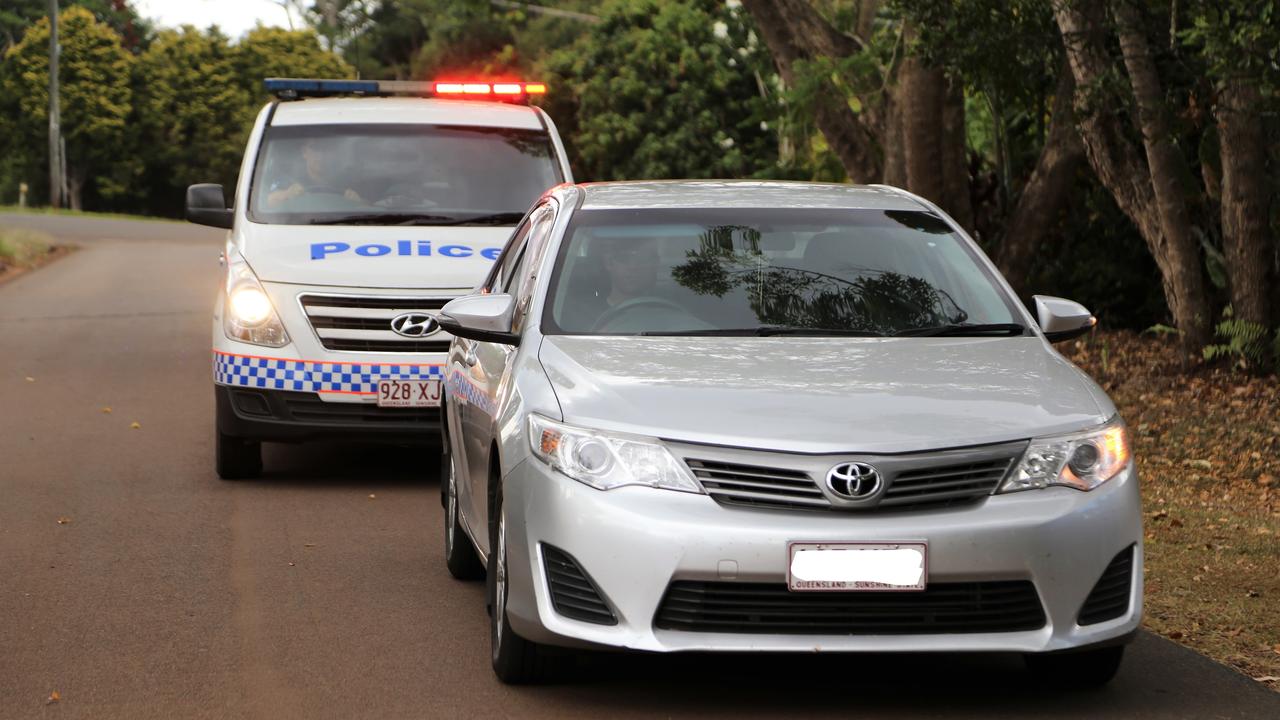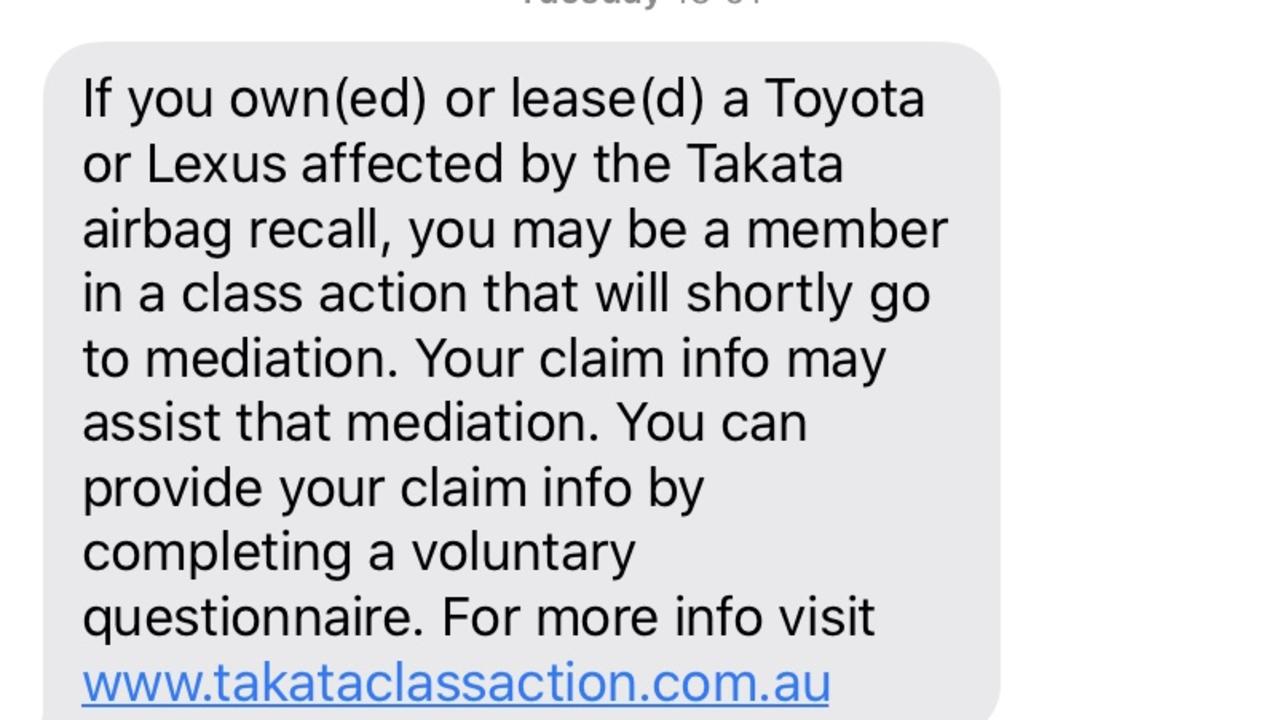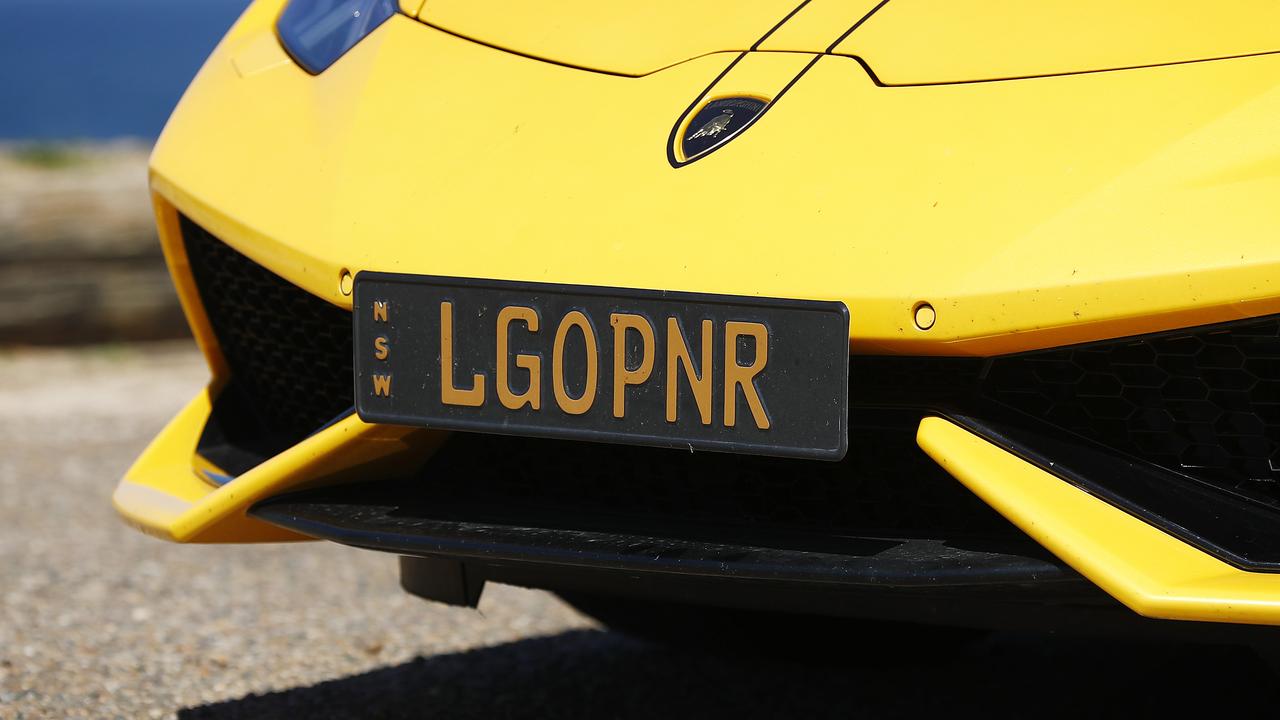NSW Government criticised for new bus routes that cost taxpayer $180 per trip
A NEW Uber-style bus network has been branded as a “dud” by critics who have claimed each journey cost taxpayers almost $200.
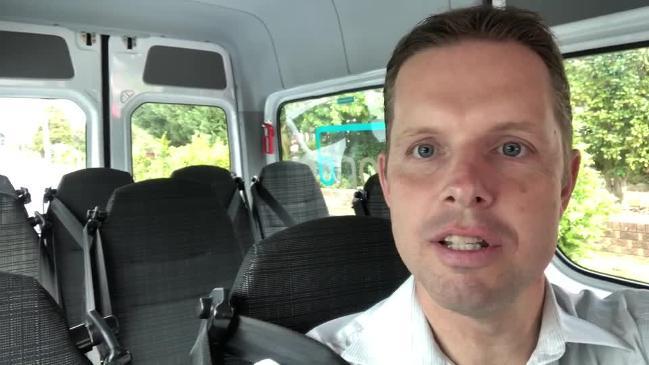
IF YOU think $4 is a bit much for a bus ticket how about $180 one-way for a 5km trip that takes less than 10 minutes?
That’s how much critics have said each journey is costing on an innovative, but underused, trial of Uber-style on-demand bus services in Sydney and surrounding cities.
Not that the bus passengers themselves are paying $180; a one-way trip costs around $3.50 for users. Rather, it’s taxpayers that are being slugged $180 with fares making up just 3 per cent of the cost of the service, according to an analysis by the NSW opposition.
Rail, Tram and Bus Union (RTBU) NSW bus secretary Chris Preston said it was “unbelievable” taxpayers were forking out $180 per trip and that bookable buses were a “pie in the sky scheme” that hadn’t worked elsewhere in the world and would fail in NSW.
But Transport for NSW (TfNSW) told news.com.au the trial had been a “great success” with 80,000 trips taken on the new system and it was always the plan to pilot different services to see which ones worked. As the number of customers increased, the government transport agency said, so the cost per trip would fall.
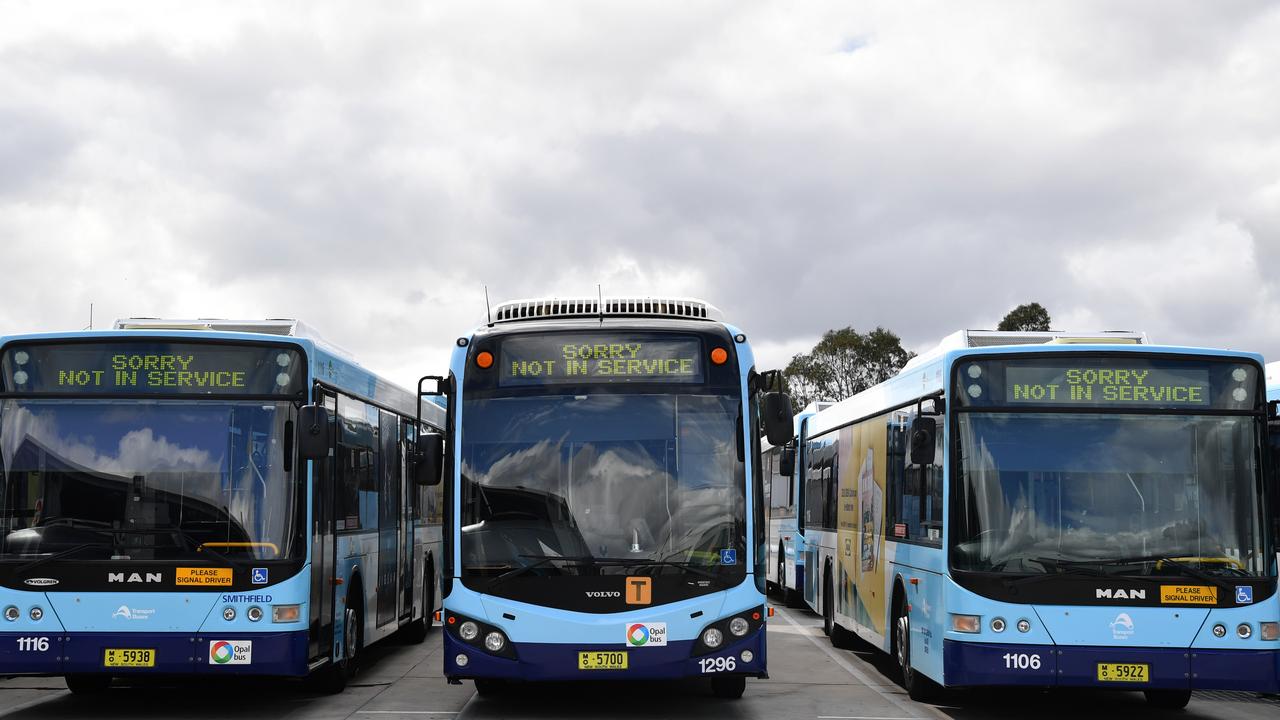
Trials of the new bus system were launched last August across Sydney. They are designed to fill in the holes in the network standard buses and trains don’t fill.
Instead of a timetable, passengers use an app to book a bus that comes straight to their door and links them to nearly transport hubs, hospitals or employment areas.
The new vehicles have many features lacking from standard buses including Wi-Fi and charging points as well as being fully disabled accessible.
“We have on demand movies, on demand food, and finally — NSW will have on demand transport,” Transport Minister Andrew Constance said at the service’s launch.
“Imagine not having to check a timetable because you know your service will be there when and where you need it.”
But the number of people imagining life without a bus timetable has wildly differed across Sydney.
While up to 1000 trips have been taken each fortnight on on-demand buses in the city’s eastern suburbs, in Wetherill Park in the city’s west not even 50 passengers use the service.
In contrast, Sydney’s busiest standard bus route, the 400 from Burwood to Bondi Junction via the airport, transports 16,000 people a day.
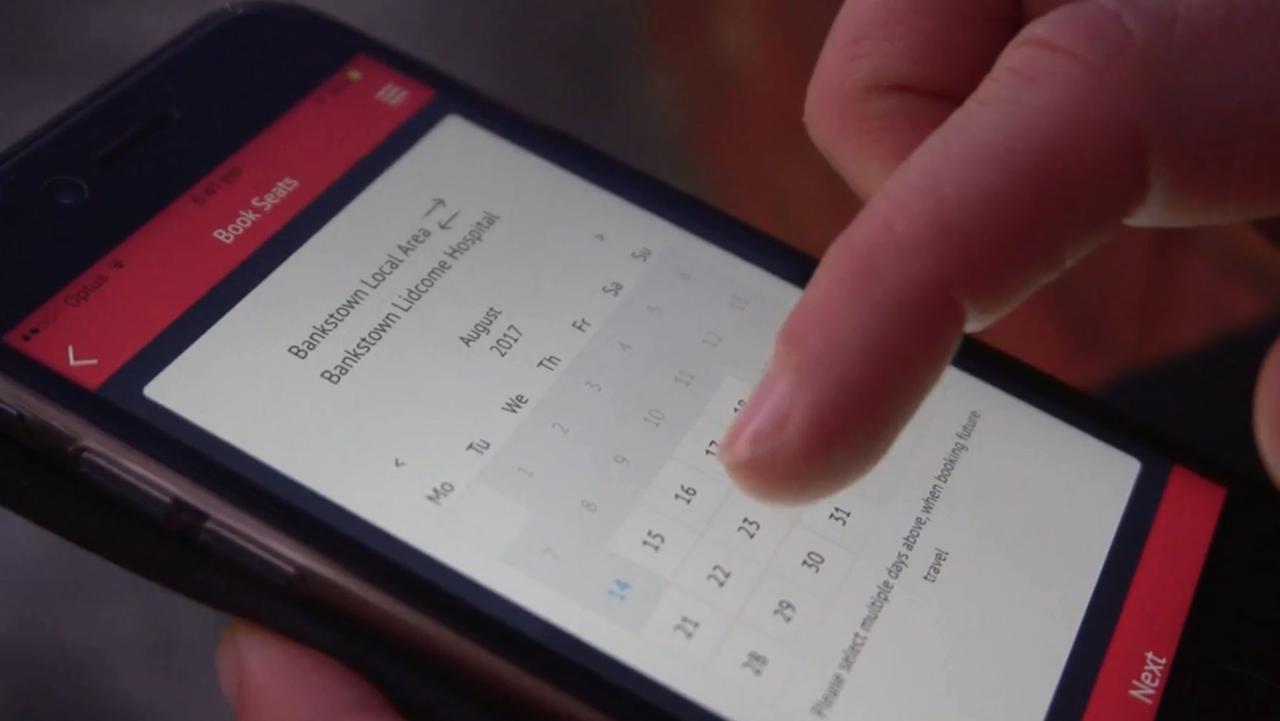
TfNSW has now announced the on-demand service for Wetherill Park, which sees passengers picked up from a standard bus stop and then transported up to 5km in any direction, will be axed next month. But a new network has opened up in the inner west.
A freedom of information request from Labor MP Hugh McDermott found that around 4000 people used the on-demand services per month across Sydney, Newcastle and Wollongong. With the buses costing $714,000 a month to run that equated to a journey cost of around $180 per passenger.
The figures suggest fares only represent 3 per cent of the cost of on-demand buses. While taxpayers also subsidise regular buses, the degree to which they do so is less, with fares covering a quarter of the service costs.
The RTBU’s Chris Preston said the sheer cost of the trial meant it should be halted immediately.
“This is almost unbelievable that the government are pushing ahead with a scheme which sees taxpayers fork out $180 per passenger, per trip,” he said on Tuesday.
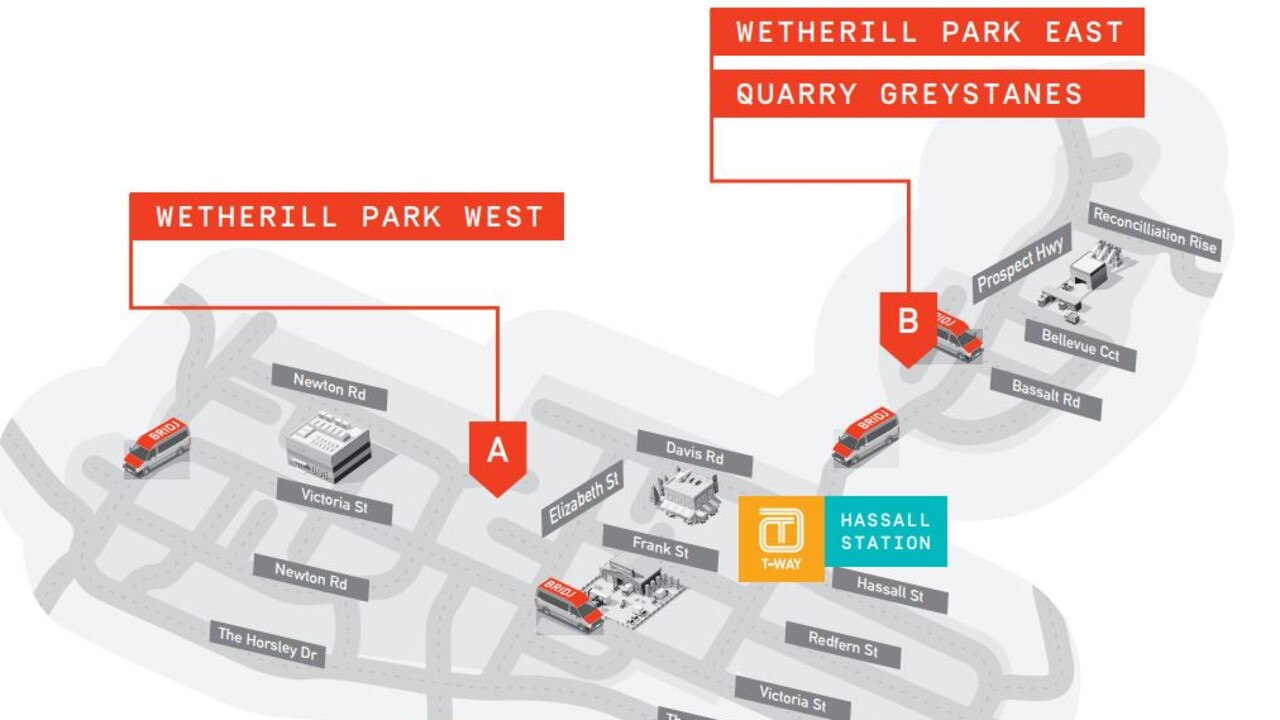
“Minister Constance’s pie in the sky ‘Uber-style’ bus scheme has also been trialled in Boston, Washington, Kansas and Helsinki and in all cases they have gone broke because the cost and subsidies per rider were simply too high.”
Part of the reason the service was so expensive, said Mr Preston, was because for much of the time the buses were running empty as they shuttled between jobs. A standard bus, in contrast, simply gets to the end of the route, turns round, and returns in the other direction with minimal so-called “dead running”.
He said the trial was a “dud” and was destined “to go bust”.
However, transport watchers have said the services are still relatively new while even normal buses sometimes run without passengers, particularly at the ends of routes or at less busy times.
A spokeswoman for TfNSW told news.com.au that changes had already been made during the trails such as changing fares.
“From day one of the on demand transport pilot program, the overarching objective has been to trial different service models that provide greater flexibility and mobility for customers.
“The trials are helping to improve our understanding of how different models could improve customer outcomes and the innovative services they’re willing to try,” she said.
“In only a matter of months we’ve seen great success across the majority of the existing pilots with more than 80,000 customer trips already being delivered — and that number is growing every day. As the patronage grows the cost per trip will continue to decrease.”



